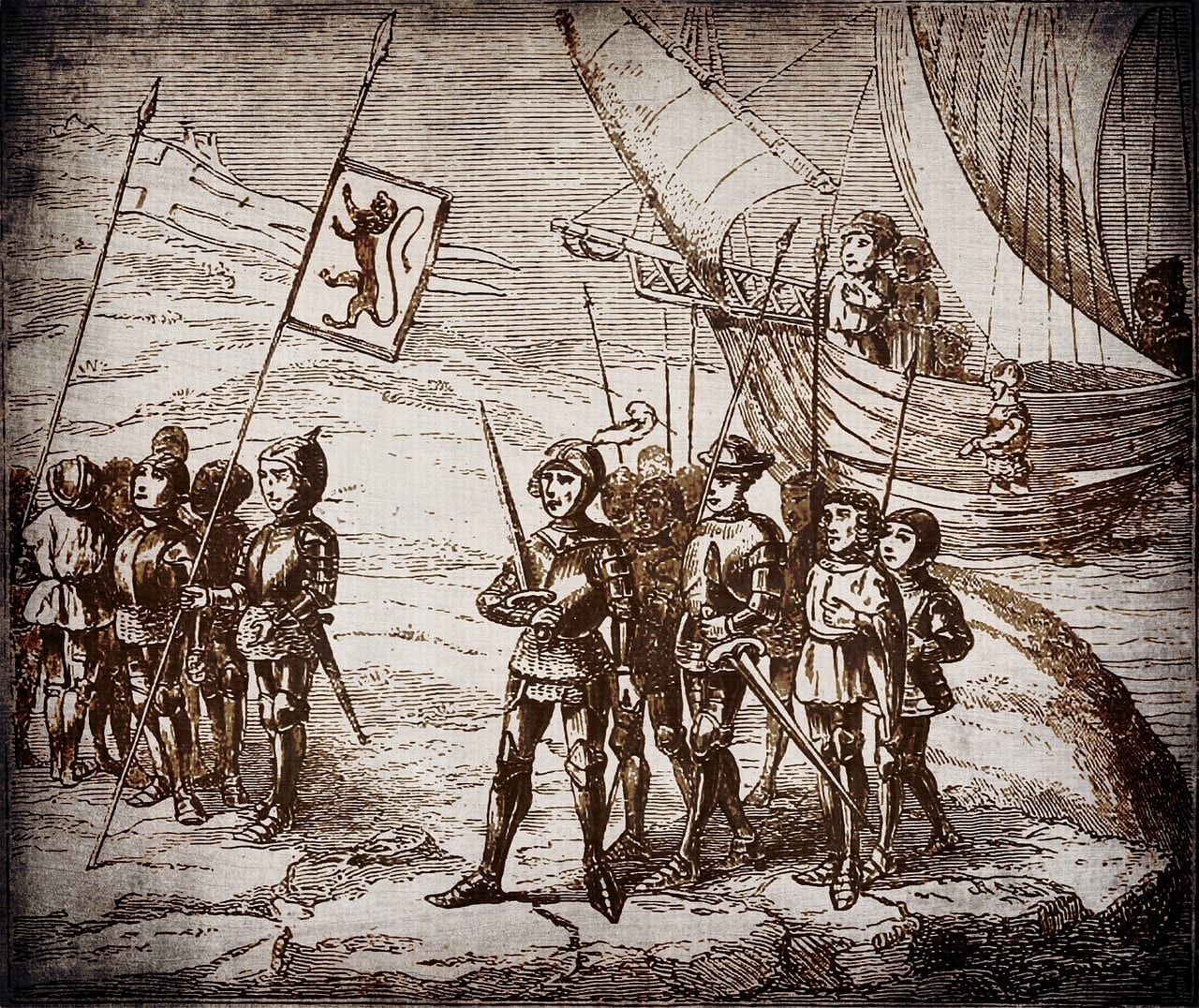
Reckoning with History: the Atlantic Slave Trade at American Universities
During the antebellum period, slaves built and were sold to fund some of the United States’ most prestigious universities. It was not until the 2000’s that these institutions began to acknowledge and come to terms with this part of their past.
This month, Human Trafficking Search will feature a blog series on the connections between the movements on college campuses to acknowledge, on the one hand, chattel slavery in the past, and on the other hand, modern-day human trafficking. This first installment serves as a primer on universities’ history with the slave trade and what activists are demanding now.

Part 1: The History of Chattel Slavery on College Campuses and the Movement for Justice
The list of universities that benefited from the Atlantic slave trade includes many of the country’s most prominent universities. At some, like Emory University, slaves built the physical buildings that stand today. At others, like Georgetown University, slaves were sold for profit. Others participated indirectly in the Atlantic slave trade, developing the racial pseudoscience that would provide a justification for slavery, an intellectual cover for an ugly practice. For centuries, universities were comfortable with a selective reading of their history—acknowledging the abolitionists they produced and ignoring the slave-owners and white supremacists present in their seals, building names, and awards.
In 2003, 138 years after the ratification of the 13th Amendment, that complacency began to change. Ruth Simmons, the former president of Brown University and the first black president in the Ivy League, appointed a Steering Committee on Slavery and Justice at Brown. In 2006, the committee presented its report on Brown’s historical relationship to slavery and the transatlantic slave trade, and in 2007, the Brown Corporation endorsed a set of initiatives to respond to the Committee’s report. The initiatives included a revision of Brown’s official history, an expanded Department of Africana Studies, partnerships with historically black colleges and the city of Providence, a $10 million permanent endowment to establish a Fund for the Education of the Children of Providence, and scholarships for Brown students who agree to teach in Providence-area schools.
Following the publishing of the Brown report, in 2009, the College of William and Mary issued a public statement acknowledging that it had benefited from slave labor, and, in 2010, held a symposium on slavery and reconciliation. In 2011, Emory University followed suit, issuing a “statement of regret,” noting, “Emory regrets both this undeniable wrong and the university’s decades of delay in acknowledging slavery’s harmful legacy.” Emory held a conference on slavery at universities with Brown, Harvard University, the University of Virginia, Clemson University, The Citadel, Stanford University, the University of Indiana, and Yale University in attendance.
The movement to recognize universities’ history with slavery was confined to university administrations until very recently, when the Black Lives Matter movement began to take form in 2015 as students began to protest racism on their college campuses. Yale Law students were among the first to connect the Black Lives Matter movement with the legacy of slavery at universities. In July 2015, Yale Law students petitioned the university to rename Calhoun College. By the fall of 2015, the online petition had received nearly 1,500 supporting signatures. During this time, Princeton announced its decision to rename its “masters” faculty deans to distance itself from its history with slavery. Harvard followed suit in February of the following year. That same fall, Harvard Law students called for a change to the school seal that depicts the coat of arms of the Royall family who owned and abused slaves. The debate is ongoing with the Committee convened to study changing the seal recommending changing the seal this year.
While the Princeton, Yale, and Harvard protests focused on symbolic changes, Georgetown University student protesters in the fall of 2015 proposed a form of reparations. Like their counterparts at Princeton, Yale, and Harvard, Georgetown students wanted buildings renamed, (in this case Mulledy Hall, named for a Georgetown president who sold 272 slaves to pay off university debts, and McSherry Hall, named for the Georgetown president who presided over that sale). But they moved the movement forward, proposing a new endowment fund to recruit black professors. The fund would be equal to the profit from the sale of the 272, approximately $3 million in today’s dollars.
In September 2016, Georgetown University President John J. DeGioia announced a plan to atone, derived from the recommendations of a committee. The symbolic demands were met. Both buildings were renamed, a formal apology was offered, an institute for the study of slavery founded, and a public memorial to the slaves erected. The major step, the one that received the most press, was the awarding of preferential status in the admissions process to descendants of the slaves. (Because Georgetown wrote down the names of slaves, their descendants can be identified. This was not the case at most institutions.) However, the University, which has an endowment of $1.45 billion, has not yet offered scholarships to descendants.
This debate will continue to play out both on campus and in the press. As universities seek a path forward, many have begun by developing institutions to study their unique history with the Atlantic slave trade. The links to those institutions are provided below along with MIT professor Craig Stephen Wilder’s book on the matter, for anti-trafficking professionals looking to learn more.
Visit our blog next week to learn about the connections between chattel slavery and modern-day slavery.
Photo Credit: Georgetown University
Samantha Thomas is the Research and Database Fellow at Human Trafficking Search.
For Additional Resources, please see the following links:
https://www.amazon.com/Ebony-Ivy-Troubled-Americas-Universities/dp/1596916818
http://slavery.virginia.edu/?p=189
http://www.wm.edu/sites/lemonproject/
http://www.harvardandslavery.com
